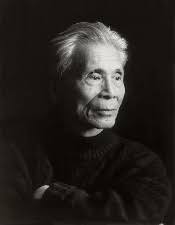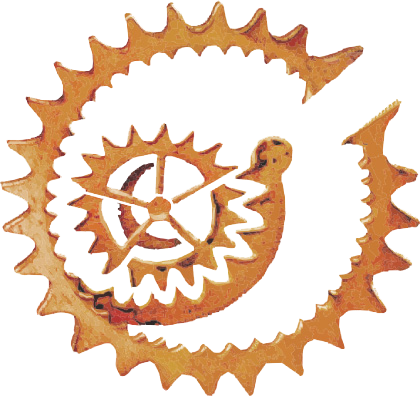
Wu Guanzhong (1919-2010), a native of Yixing, Jiangsu, was a famous contemporary painter, oil painter and art educator. His representative works include “The Three Gorges of the Yangtze River”, “Northland Scenery”, “Bird’s Paradise”, “Huangshan Pine” and “Lu Xun’s Hometown”. Personal collections include “Wu Guanzhong Talking About Art”, “Wu Guanzhong’s Prose Selected”, “Beauty and Ugly Fate” and other more than ten kinds
In 1926, he attended Wu’s Primary School. In 1930, he entered the county Eshan Primary School in Yixing County to study.
In 1931, he graduated from primary school and was admitted to Wuxi Normal School.
In 1934, he completed three years of normal junior high school and enrolled in the Electrical Engineering Department of the Industrial School of Zhejiang University.
In 1935, he entered the National Hangzhou Art College.
In 1936, he entered the National Hangzhou Art College to study Western painting, and also studied Chinese painting and watercolor painting.
In 1937, when the Anti-Japanese War broke out, the principal Lin Fengmian led the teachers and students of the school to evacuate Hangzhou with the people.
In 1938, he graduated from the High School Affiliated to the Art College and entered the undergraduate course in oil painting, where he studied under Chang Shuhong and Guan Liang. At the same time, he also studied Chinese painting.
In 1940, he transferred to Chinese painting and became a student of Pan Tianshou, copying many fine paintings of past dynasties.
In 1941, still obsessed with oil painting colors, he returned to the oil painting department.
In 1942, graduated from the National Hangzhou Art College. He is a teaching assistant at National Chongqing University.
In 1943, the first solo exhibition was held in Shapingba Youth Palace, Chongqing, Sichuan.
In 1946, he won the first place in the national public funded study in painting, and went to study in France.
In 1947, he studied oil painting in the studio of Professor Soufflpie at the Ecole Nationale Supérieure des Beaux-Arts in Paris.
In 1948, his works participated in the Paris Spring Salon and Autumn Salon.
In 1950, he returned from studying abroad and taught at the Central Academy of Fine Arts. In 1953, he served as an associate professor in the Department of Architecture of Tsinghua University.
In 1956, he taught at the Beijing Academy of Arts.
In 1964, he taught at the Central Academy of Arts and Crafts.
In 1970, during the “Cultural Revolution”, he was sent to work in rural Hebei.
In 1973, he was transferred back to Beijing to participate in hotel painting creation.
In 1978, the Central Academy of Arts and Crafts hosted the “Wu Guanzhong Works Exhibition”.
In 1979, he was elected executive director of China Artists Association.
In 1987, the Hong Kong Arts Center hosted the “Wu Guanzhong Retrospective Exhibition”.
In 1991, the French Ministry of Culture awarded him the highest honor of French literature and art.
In 1992, the British Museum broke the convention of only exhibiting ancient cultural relics, and for the first time held the exhibition “Wu Guanzhong – Chinese Painters in the 20th Century” for the living painter Wu Guanzhong, and solemnly collected Wu Guanzhong’s huge new work in color and ink “Birds of Paradise”. .
In 1993, the Senucci Museum in Paris, France, held the “Going to the World – Wu Guanzhong’s Oil Painting and Ink Sketch Exhibition”, and awarded him the “Gold Medal of Paris”.
In 1994, he was elected as a member of the Standing Committee of the National Committee of the Chinese People’s Political Consultative Conference.
In 1999, the Ministry of Culture hosted the “Wu Guanzhong Painting Exhibition”. In 2000, he was selected as a Corresponding Academician of the Academy of Fine Arts of the French Academy. He was the first Chinese artist to receive this honor. Position.
On December 26, 2006, the Chinese University of Hong Kong awarded Professor Wu Guanzhong the title of “Honorary Doctor of Letters”.
In August 2007, Hunan Fine Arts Publishing House published The Complete Works of Wu Guanzhong.
At 23:57 on June 25, 2010, he passed away in Beijing Hospital at the age of 91.
